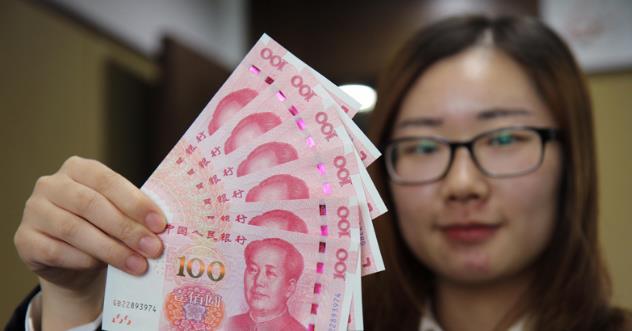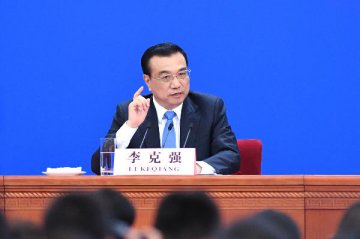
The Chinese yuan stays calm compared with the previous round of sharp fluctuations as China’s foreign exchange market strengthens its ability to absorb complex factors
.
On September 18, the offshore RMB exchange rate against the US dollar picked up more than 300 basis points. On September 19, the onshore RMB exchange rate against the US dollar closed up more than 100 base points. As of yesterday's press release, the onshore and offshore RMB exchange rates against the US dollar both approached 6.85.
RMB resilience increases
Even though the Trump administration threatens a new round of tariffs, it is still within market expectations.
From the technical perspective, Minsheng Bank senior researcher Ying Xiwen said that the impact of the same type of news on market confidence and sentiment is declining. From the perspective of actual transmission, the transmission chain of the relevant complex factors affecting the RMB exchange rate is long, so the market reaction is slow.
The fall in the US dollar index since mid-August is also an important reason why the RMB exchange rate can stay calm. FXTM research analyst Lukman Otunuga said the reason why the US dollar weakens can be that investors are selling dollars before the US announces further tariff.
Although storms in emerging market made their currencies targets of short-selling speculators, market participants believes that the RMB’s pickup has already reflected the emotional changes in the foreign exchange market.
Foreign exchange expert Han Huishi emphasized that the resumption of the countercyclical factor has shocked RMB short-sellers.
Zhao Qingming, chief economist at CICC Research Institute, said that the reason why the RMB is performing steadily is that the RMB stilly stay at a lower level against a basket of currencies. And the market's adaptability is improving. Therefore, the impact of the Sino-US trade conflicts on the exchange rate has gradually declined.
On the whole, the floating exchange rate has been basically formed which is based on the relation between supply and demand and is under management. “There are signals that RMB’s exchange rate has been relatively stable particularly since the PBOC resumed countercyclical factor,” Zhao stressed.
Policy credibility maintains market expectation
Many market participants believed that the future trend for RMB’s exchange rate still depend on a lot of factors, the most important one of which is monetary policy of the US. The market waits for whether the US Federal Reserve will raise interest rate this month.
CIB Research viewed that if the Fed indicated interest rate hike in December at the conference to be held in September, the US dollar index is likely to pick up further in the short term, thus slowing the movement of US dollar index.
In the opinion of Guan Tao, senior researcher with China Finance 40 Forum, the risk of currency mismatch between China’s enterprises and households declines as the pressure on capital outflow previously has been released. Moreover, after experiencing the wide-range fluctuation in foreign exchange rate market during 2015 and 2017, the market is more tolerant and adapted to fluctuation in exchange rate.
Meanwhile, there’s increasing demand for liquidity at the end of a quarter, which will also further support RMB’s exchange rate to stay relatively stable.
At present, the measures and strategy taken by regulators have been different from those before. Guan said that policy credibility of foreign exchange market has been reestablished. Investors do not dare to short renminbi now, which is an important reason for why there’s certain pressure no devaluation but no strong expectation on devaluation at current stage. As exchange rate becomes more elastic, it releases the pressure on devaluation and also avoids further expectation on depreciation.
Regulators boast sufficient policy tools, which will back up the RMB’s exchange rate, said Ying.
Translated by Coral Zhong & Vanessa Chan




















Latest comments